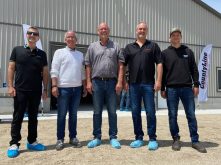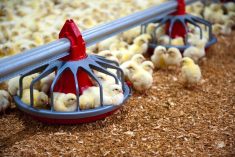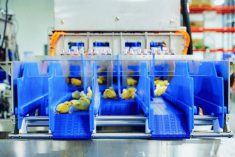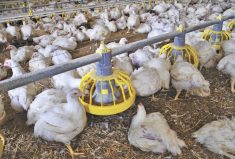The big new red barn at Rickeen Farms will house feathered livestock instead of the farms’ traditional four-legged ruminants.
“Our passion is in the dairy industry, but we just can’t grow that the way we want to right now,” said Brett Shantz. “So, we’re diversifying.”
Why it matters: Poultry offered the family more security than expanding the current dairy operation.
Read Also
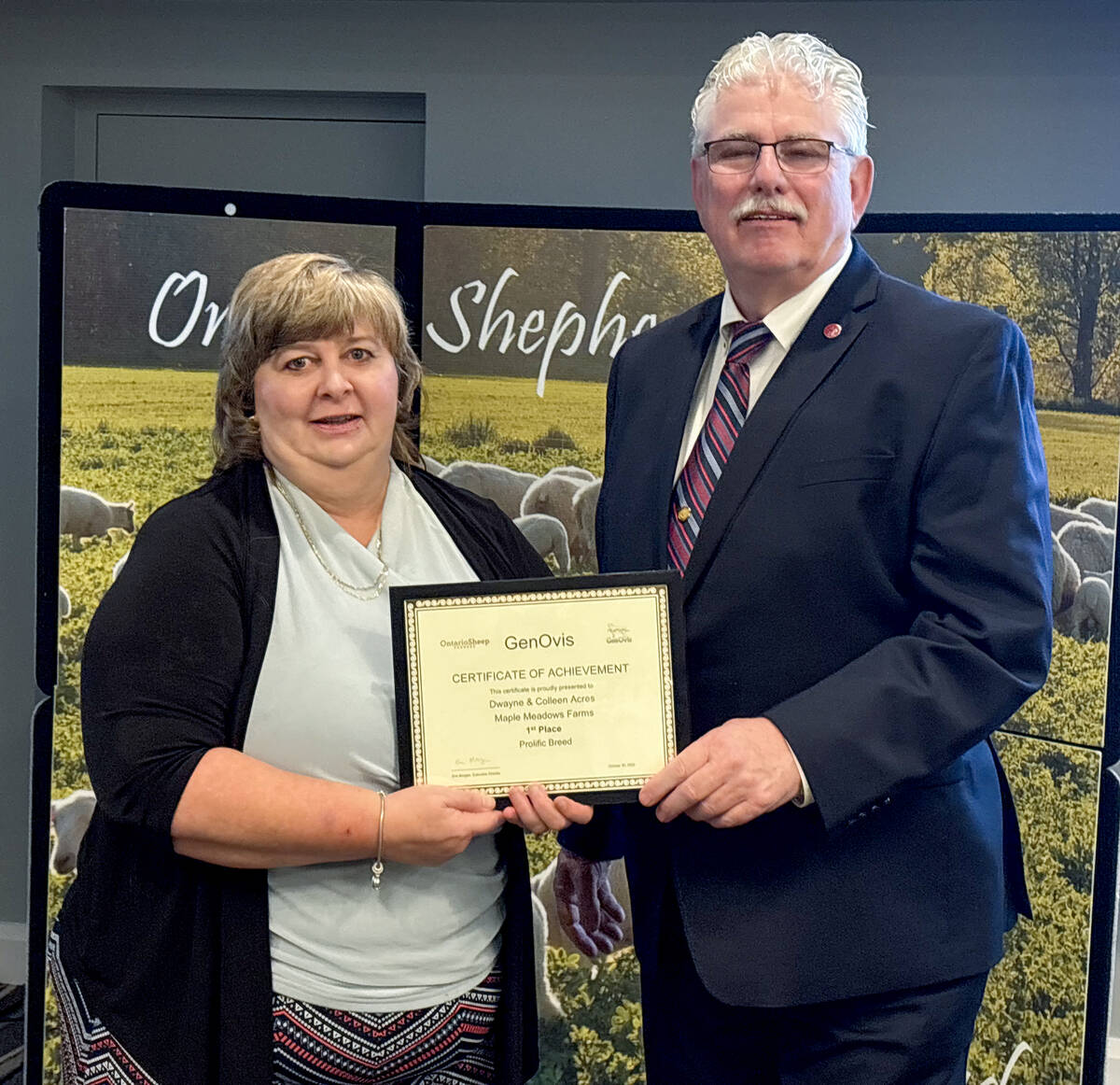
GenOvis awards presented at Ontario Sheep Farmers’ annual meeting
Producers and youth were recognized for their contributions during the Ontario Sheep Farmers’ annual GenOvis and leadership awards.
Shantz, his wife Jocelyn and parents Rick and Doreen Shantz are partners in the sixth-generation farm near Wallenstein. The family invested $1.1 million in the 72-by-250-foot, 20,000 bird broiler barn as part of the farm’s succession plan.
The cost of land, limited availability and lack of labour didn’t allow for dairy expansion so they leveraged the dairy success to fund the poultry venture.
“(Diversification was needed) to make it viable and affordable and (provide) enough cash flow to support everybody and what we want to do to see the farm carry on and be successful,” said Rick Shantz.
Jocelyn Shantz said if their children, Anna and Caleb, choose to make agriculture their career, this will strengthen the farm’s success for the next generation.
“Everything is set up to add another extension to the barn,” said Brett. “When and if that date comes, we’ve got ourselves set up nicely for that.”
The Shantzes bought ongoing quota, with an Oct. 25 delivery date for 14,000 birds, so there was a hard three-month build deadline to ensure the birds shipped on time.
“We are very fortunate in this area. They’re top-notch trades, every single one of them, and they work well together,” said Brett. “The success of this barn is just the people that build it.”
Designed for the future
Jonathan Welch, a poultry sales consultant with CountyLine, said the barn and ventilation system design allow for the potential addition of another 250 feet.
“There are areas framed in for adding additional fans (and) a concept of how many zones we have in this barn,” Welch explained. “We suggested to the electricians how to wire it so that we were ready in the future to be able to modify things.”
The barn features SKOV’s low-power ventilation, DA600 multi-step-controlled chimney fans, BF55 gable end fans, a sidewall inlet system and a SKOV Blue control climate/management system with a 24-volt emergency opening control.
The system can precisely control ventilation, whether it’s -15 C or the height of summer, in one per cent increments. It can record data every two minutes and be adjusted remotely — essential tools as the industry shifts toward “raising without antibiotics” regulations, he said.
The SKOV system requires a vaulted roof, but that style is becoming standard on new builds, said builder Orval Martin, president of Orval. W. Martin Inc.
“The air is the goal. The whole barn is geared toward (efficiency).”
The double wall provides a sleek look while protecting and stabilizing exhaust hood airflow. Extended end-wall canopies protect the fans from weather damage, mainly snow, making fan maintenance easier, especially during bad weather.
Truss core walls allow for pressure washing, and the open-concept design with raised feeders and waterers makes it easier to clean and sterilize the barn, said Jocelyn.
“You can drive a skid steer through the barn, clean out, don’t have to pick around poles,” she said. “And you can’t really sanitize wood, so it’s going to be a lot easier to run around with a backpack sprayer.”
Additionally, the barn features a migration fence and bird scale system, an integrated high-pressure cooling system, a Lubing hi-flo S.S. drinker system with cups, an auto-winching Landmeco feeding system, Superior radiant ALTX even-heat tube heating and a 20 by 20-foot entrance, utility and storage area.
“I enjoy building projects, and it’s busy,” said Brett. “But now that it’s done, I’m excited to get some birds in here and start farming it.”






